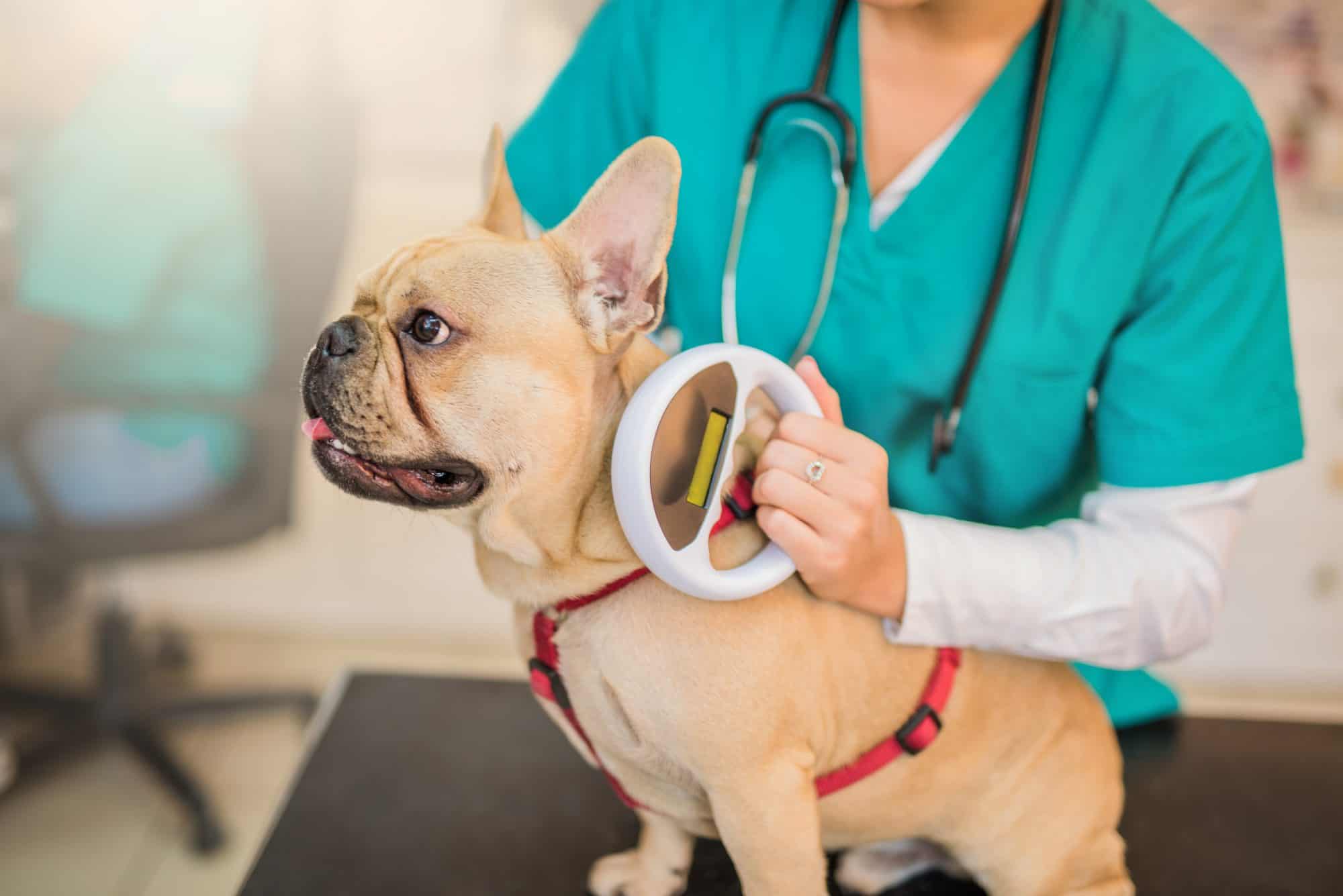Microchip Month: Why Microchipping Your Pet Is So important

Personalized, colorful collars and tags look great and provide one way to identify your furry family member, but they aren’t permanent. Collars and tags can come off or become damaged, and pets without identification are at a much higher risk of ending up in shelters if they ever become separated from their families.
No one anticipates their pet running away, but the unfortunate reality is that it happens. According to statistics, at least 10 million dogs and cats are lost or stolen every year in the United States—6 million of them will wind up in shelters. So how can you help your precious pet find his way home?
At Caring Paws Animal Hospital, we celebrate the human-animal bond, and we understand how devastating it is to lose a pet. That’s why we strongly recommend pet microchipping to all of our pet parents. Read on for an explanation of pet microchipping and why this minor procedure has major benefits.
What Is Pet Microchipping and Is It Safe?
Microchips are tiny computer chips, no larger than a grain of rice, that we implant just beneath the surface of a pet’s skin—typically between the shoulder blades. Each pet microchip contains a unique identification number. Pet microchipping is a permanent form of identification, not a method of tracking.
This simple procedure is completely safe, and the microchip is placed using a syringe and needle, much like a vaccine. We can perform pet microchipping during a routine preventive and wellness care visit. There is no need for anesthesia. Kittens and puppies can be safely microchipped starting at 8 weeks old.
A common question we get is about batteries. There are no batteries in microchips, or power sources, or small, moving parts.
Is My Personal Information Protected?
Absolutely! A pet microchip contains a unique identification number and nothing more.
To verify the presence of a microchip, a veterinary clinic or animal shelter uses a special scanner that can detect microchips. If the scanner finds one, the unique ID number is displayed. The veterinarian must enter the ID number into a private, online database to obtain registry information for that particular pet. Only by contacting the registry associated with the microchip can the veterinarian obtain the contact information for the pet parent.
It is critical to keep your contact information up to date with your pet’s microchip registry if you ever change your address or phone number.
The Major Benefits of a Minor Procedure
Research proves that pet microchipping works. A recent study by The Ohio State University found the following:
- Microchipped dogs were at least twice as likely to be reunited with their families (about 52 percent vs. 22 percent).
- Microchipped cats were nearly 20 times more likely to be returned home (38.5 percent vs. about 2 percent without one).
Pet microchipping provides you with the best chance of being reunited with your lost pet. Please contact us for more information or to schedule an appointment.

